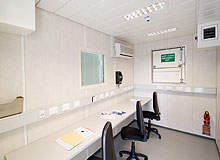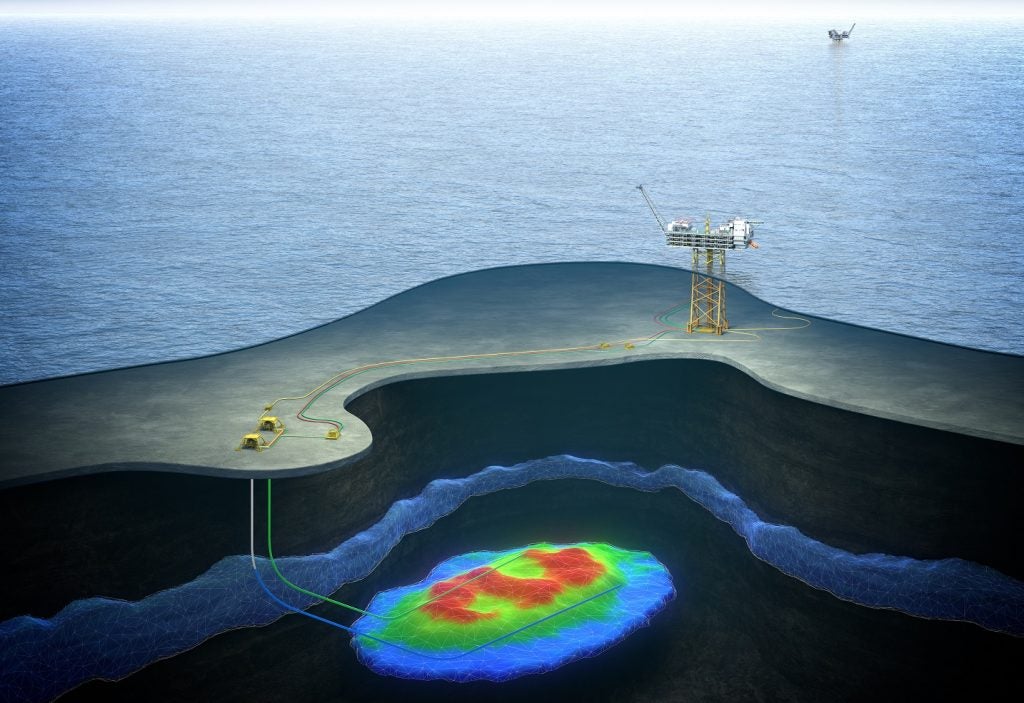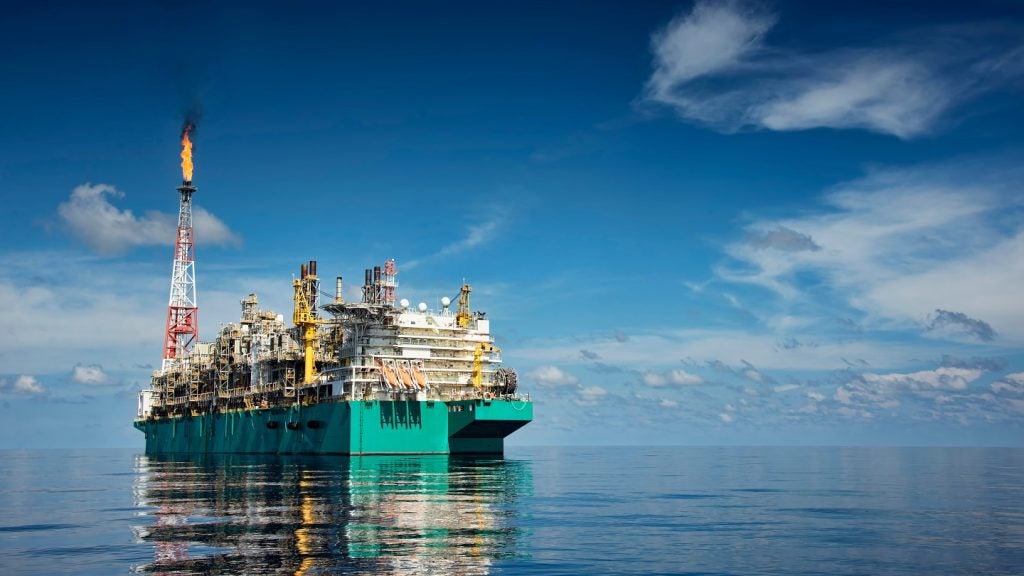
It is well known that offshore workers in the oil and gas sector have one of the most demanding and intensive working schedules in the world. On offshore oil platforms, shifts can stretch to weeks or even months, with workers having to contend with dangerous weather conditions and equipment as well as being hundreds of miles from their families for extended periods. As the technical possibilities of what can be achieved on a platform expand, oil and gas operators are looking for a new level of quality when it comes to maintaining the safety and morale of their employees.
Whether it is for long-term drilling operations or quick engineering works, the offshore oil and gas industry is supported by flexible accommodation units to make sure that workers are provided for during their long work shifts at sea, usually with crate-like accommodation modules.
While this might not sound like the height of luxury, things have moved on significantly in the last decade, with standards steadily rising and the range of available offshore facilities expanding.
We caught up with Gary Wilson, business development director at Aberdeen-based offshore accommodation supplier Ferguson Modular, to discuss the expectations of customers, the challenges of catering to a global market, and the development of the company’s new offshore accommodation vessel.
Chris Lo: Could you give an overview of the products and services that you offer?
Gary Wilson: Our primary business is offshore accommodation, whether that be temporary or permanent living quarters. When we talk about accommodation, we provide the full package of an accommodation complex, including galley and mess facilities, recreation, laundry and other facilities.
See Also:
The other thing we offer is smaller units for the service companies, which can be laboratories, offices, those types of things. We are primarily a rental company, but we do have a manufacturing facility here in Scotland, so we can build for sale as well.
How well do you really know your competitors?
Access the most comprehensive Company Profiles on the market, powered by GlobalData. Save hours of research. Gain competitive edge.

Thank you!
Your download email will arrive shortly
Not ready to buy yet? Download a free sample
We are confident about the unique quality of our Company Profiles. However, we want you to make the most beneficial decision for your business, so we offer a free sample that you can download by submitting the below form
By GlobalDataCL: What do customers expect when it comes to delivering offshore accommodation?
GW: I think nowadays, there’s quite a high profile on the welfare issues of people offshore, so they are looking for a high-quality product. Especially when you talk about temporary living quarters; there has always been this hang-up that temporary living quarters are second-rate, but that’s certainly not the case now. We’ve brought the temporary living quarters to the standard of permanent living quarters now, so it’s all high quality furnishings and equipment inside the modules. Certainly, operators look for a very high standard of offshore accommodation now.
CL: So is the only real difference between temporary and permanent quarters the fact that temporary modules are built to be struck quickly on completion?
GW: That’s correct. Basically, on the quality side, there is nothing to distinguish between permanent or temporary living quarters now. In fact there are three categories of living quarters: there are permanent living quarters (PLQs), temporary living quarters (TLQs) and additional living quarters (ALQs). Our standard of accommodation covers all those areas.
The main difference with temporary living quarters is that they are normally used for specific tasks. I’ll give you an example; a hook-up and commissioning of a platform – the temporary accommodation will be used during that time, when they need more people on board to do the hook-up. Then once the hook-up is finished, the temporary living quarters would be removed.
CL: Is there much difference in purchasing patterns or behaviour between your smaller clients and larger multinational companies?
GW: No. It all just depends on capital expenditure and operational expenditure. I guess, looking at our business, it can be driven by the market. So when the market is down or taking a dip, you will tend to find that more people will rent. The reason for that is because the projects still need to go ahead, and it’s easier to get that through operational expenditure. Obviously, if you’re buying living quarters you need capital expenditure for that, which is often hard to get in a down-turn. That’s the reason we’ve got our business set up so that we can provide for both op-ex and cap-ex projects.
CL: What kinds of health and safety standards do you have to consider for offshore accommodation modules?
GW: There are guidelines from the HSE (Health and Safety Executive), there’s Notice 62, which is relevant to offshore accommodation. We need to comply with that. There are a lot of different standards you use for manufacturing offshore accommodation; there’s the SOLAS (International Convention for the Safety of Life at Sea) standards, fire ratings of the units, there’s quite a number of different standards that we have to comply with.
There’s not really one standard that covers the whole of offshore accommodation. Obviously, on the health and safety side, the HSE have their own document. The document is actually not a legal requirement, it’s just recommendations, but the main operators are looking for suppliers like us to ensure that our accommodation meets that standard.
CL: Is the hook-up stage of delivering offshore accommodation modules important, to make hooking up to power on the platform as easy as possible?
GW: Yeah. It’s known as plug-and-play, that’s the term we use, and that’s a very valid point. We look at all offshore hook-up and try to minimise inconvenience for the client as much as we can. In fact, what we do is when we’re putting a complex together, we’ll trial assemble here prior to the units going offshore, which cuts down a lot of offshore time.
CL: Ferguson has bases in many countries – how important is it to have an international presence to serve the oil and gas market?
GW: Even more so now. Going back to ten years ago, it was less important to do that because a lot of our competitors were concentrating mainly on the North Sea. But it’s a global market, so it’s vitally important that we support customers in different regions. It’s very different for a company to cover every country, but we’ve now established three bases in Australia, one in Singapore, one in the UAE and two in Norway, so we’ve got quite a wide coverage. Having those bases is useful for both minimising order times and minimising shipping costs, as well. We’ve done several projects in Australia where we have shipped products from here, which is obviously expensive. But now we’ve got infrastructure there, we’re looking to support our customer base.
CL: What time span do you aim for between order date and delivery?
GW: It varies very much. You could be working on something for six months prior to the contract going ahead; equally you could get a call this afternoon and look to mobilise equipment the next day. That’s the wide variation with us.
CL: Could you talk about the Ferguson offshore accommodation vessel?
GW: It’s going through its final commissioning phase at the moment. The reason for investing in the vessel is that it’s a natural progression for our company. We started off providing small accommodation modules, then moved on to multi-accommodation complexes, and now we’re looking to provide offshore accommodation support through our vessel.
I’ll give an example of the renewable sector, where you don’t have any platforms and such to house these accommodation modules. What’s currently happening in that sector is that they’re transporting people to and from the beach to the work site every day. That’s costing them around two to two and a half hours to get there, then two and a half hours back. As you can imagine, a four to five-hour round trip every day is quite a costly thing for them to do, so what they are looking at now is having an accommodation hub offshore, and that’s where we’re looking to put our vessel to work.
CL: What are Ferguson’s plans for the future?
GW: We’ve got a continual R&D programme. What we do is revamp our projects every three years. That’s not refurbishment; there’s an ongoing campaign for refurbishing modules, but actually bringing out new designs to the market, we’ll look at that every three to four years. We’ve put in additional customer support and other engineers to support the larger projects as well. Also, the infrastructure we have on the ground now is obviously a big plus for our customers as well. The company is continuing to grow and we’re looking to expand in our international locations as well. That’s definitely something we’ll be doing in the next couple of years.





